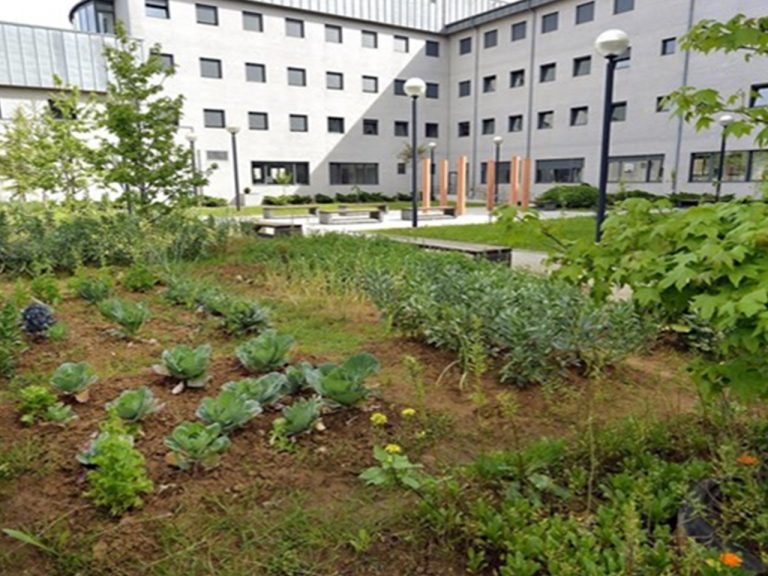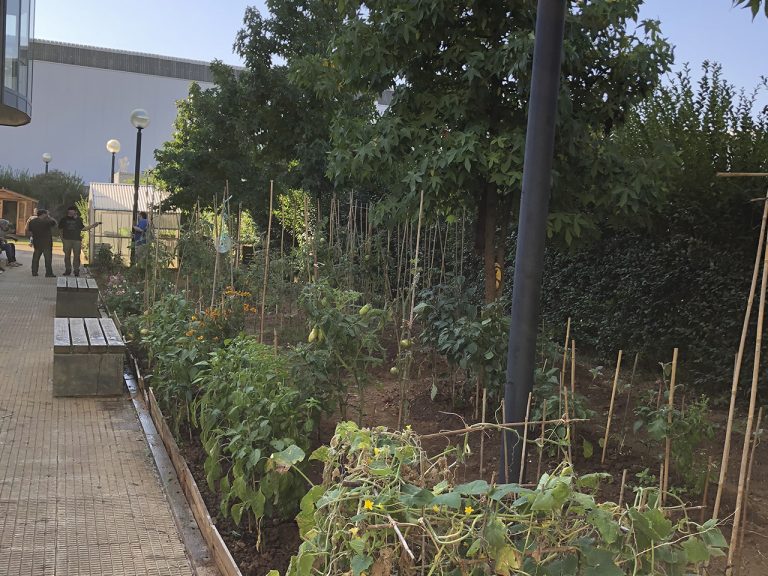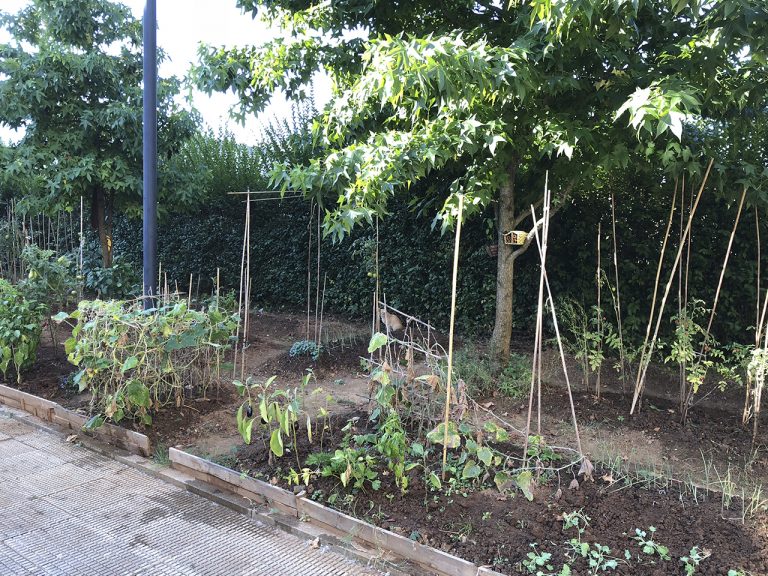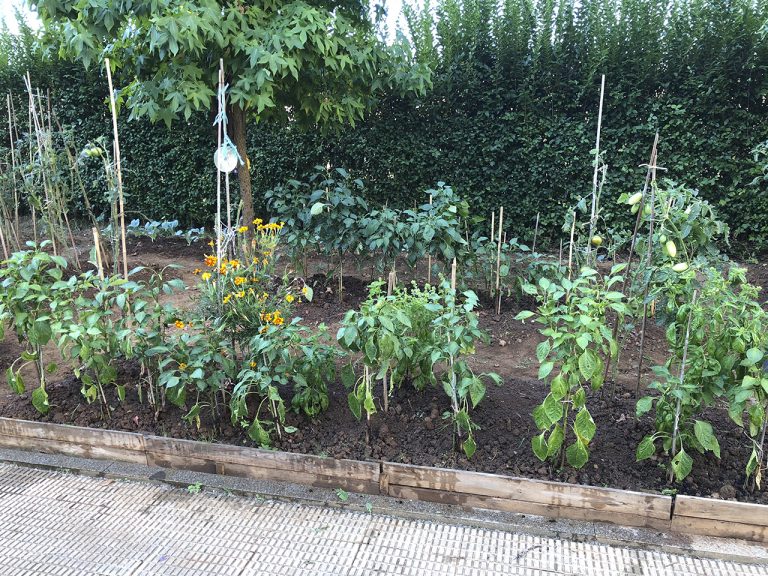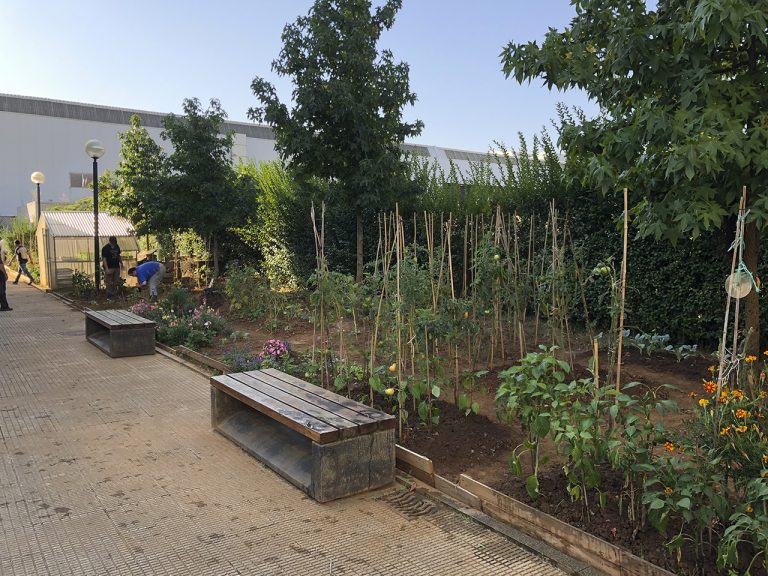Increase the employability through organic agriculture
“The main objective in this kind of activity is to stimulate the motivation and empowerment between the users and the technicians because in many cases the users participate so they can continue living in the shelter and they don´t fully understand the opportunity to improve their situation for the future.”
Description of the activity
This activity aims to increase the employability of migrants through organic agriculture. In addition, the former users can also participate. The participants commit themselves to develop an individualised empowerment plan that includes individual and collective activities and workshops adapted to each one. The activities are carried out in the centre or the resources offered by the municipality are used. The activities can be job search workshops, basic skills, languages, interview workshops, organic farming, social networks, personal branding, or environment. Thanks to these workshops we manage to increase the skills and abilities for their employability so they can integrate better into their communities. During the initial weeks the multidisciplinary team of technicians is responsible for developing these activities which includes the collaboration of 18 volunteers and two technicians in organic agriculture. The average number of the users throughout the year is 32 users. This kind of activity is done every day of the week and includes the participation not only of the users of the shelter but also the ex-users.
The main challenge is getting the commitment of the participants and their adherence to the program and the threat is a lack of motivation

 English
English  Deutsch
Deutsch  Español
Español  Svenska
Svenska 
